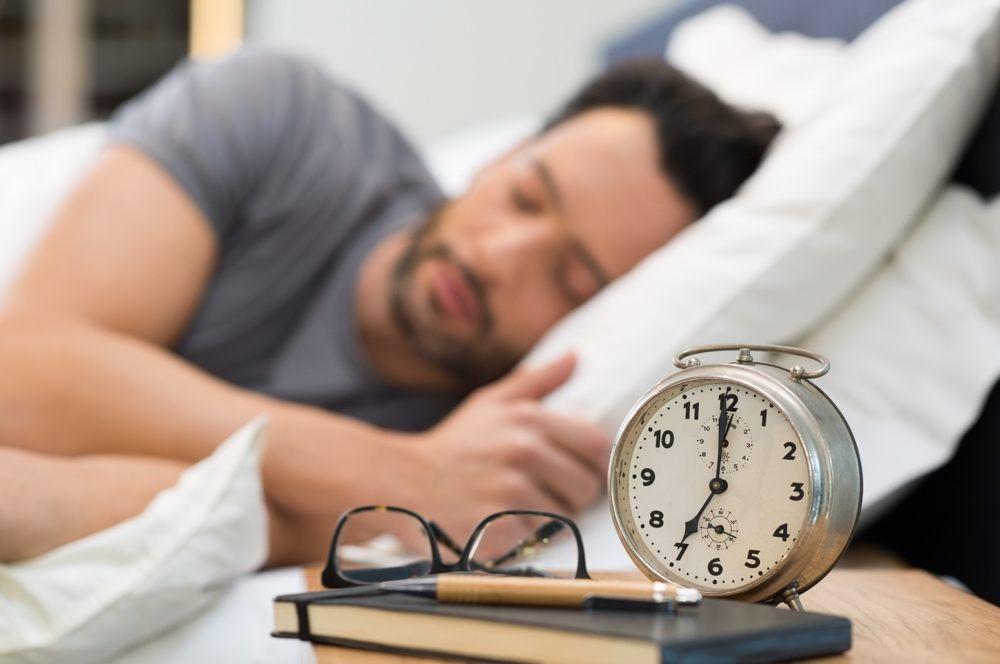Erectile dysfunction is a common condition that affects millions of men. It is a condition that can lead to feelings of insecurity, anxiety, and depression.
Fortunately, there are several treatment options available. Some of these include OTC medications, natural supplements, nd more.
Oral Medications
Oral medications, such as sildenafil (Viagra), vardenafil (Levitra, Staxyn), and tadalafil (Cialis) work by increasing blood flow to the penis. They may improve sexual function in men who have trouble getting or maintaining a firm erection.
Some of the most common Vidalista 20mg side effects include dizziness, headaches, and tremors. These symptoms usually appear within the first few hours after you start using the medication.
These phosphodiesterase-5 (PDE5) inhibitors, also known as ED medications, are often the first treatment prescribed for erectile dysfunction. They work by enhancing the effects of nitric oxide, a natural chemical that relaxes muscles in the penis.
Depending on your doctor’s recommendation, you can take these drugs once a day as needed or in larger doses as you need them. These medications can cause a loss of hearing or vision, so you should seek medical attention immediately if these side effects occur.
These medications should not be taken by patients who have heart disease or high blood pressure. They can also interact with certain drugs containing nitrates, such as nitroglycerine. Nitrates dilate arteries to the heart, which can cause a drop in blood pressure when combined with these oral ED medications.
Penis Pumps
Penis pumps are non-invasive, drug-free treatment options for erectile dysfunction (ED). They stimulate blood flow to the penile shaft and encourage an erection. They work quickly and are affordable, making them a popular choice among many men.
They are available in various sizes and styles and may include additional features, such as a pressure gauge or a release valve to prevent over-pumping. They may also have constriction rings that can be slipped around the base of the penis to help maintain an erection.
Some penis pumps are battery-powered, while others use a hand pump to create the vacuum. Both types of devices draw air from a plastic tube and pull it into the device, creating a vacuum that draws blood into the penis to create an erection.
Some penis pumps can cause side effects, such as numbness or pain, or pinpoint red dots called petechiae. If these side effects occur, you should stop using the device immediately and contact a healthcare provider.
Penile Implants
Penile implants are surgical procedures to treat erectile dysfunction (ED). These procedures involve the insertion of malleable or inflatable rods into the penis.
Implants can help men with ED who haven’t responded to other treatment options. They can also be helpful for people who have Peyronie’s disease, a condition that causes the penis to bend.
A urologist may recommend penile implants when other treatments haven’t worked or aren’t suitable for a patient’s body. They can also be part of gender-affirming surgery for transgender men.
There are several types of penile implants, including semirigid rods, inflatable devices, and self-contained devices. Some have flexible cylinders that bend into different positions for intercourse and are soft enough to be concealed under clothing. Others use a pump to fill cylinders with fluid that simulates an erection.
Penile Injectable Medications
ED injections, also known as penile installations, are a safe and effective treatment option for men with erectile dysfunction (ED). They require a doctor’s prescription and follow a series of visits to the doctor’s office.
The most common medication for ED injections is TriMix, which contains three Buy VIdalista and Vidalista 80 that increase blood flow to the penis and cause an erection: alprostadil, phentolamine, and papaverine. Other combinations of these medications are available in compounding pharmacies and can be made according to individual needs.
It is very important to inject the medication into the correct area of the penis for each dose. This is to prevent bruising, scar tissue, or penile burning.
Injections should never be injected into any of the veins on the bottom or top of your penis. This can result in a large bruise or even permanent loss of erection.
After a few injections, you will have a feel for where the medication should be injected. Rotate your injection sites each time to avoid scar tissue from forming.
